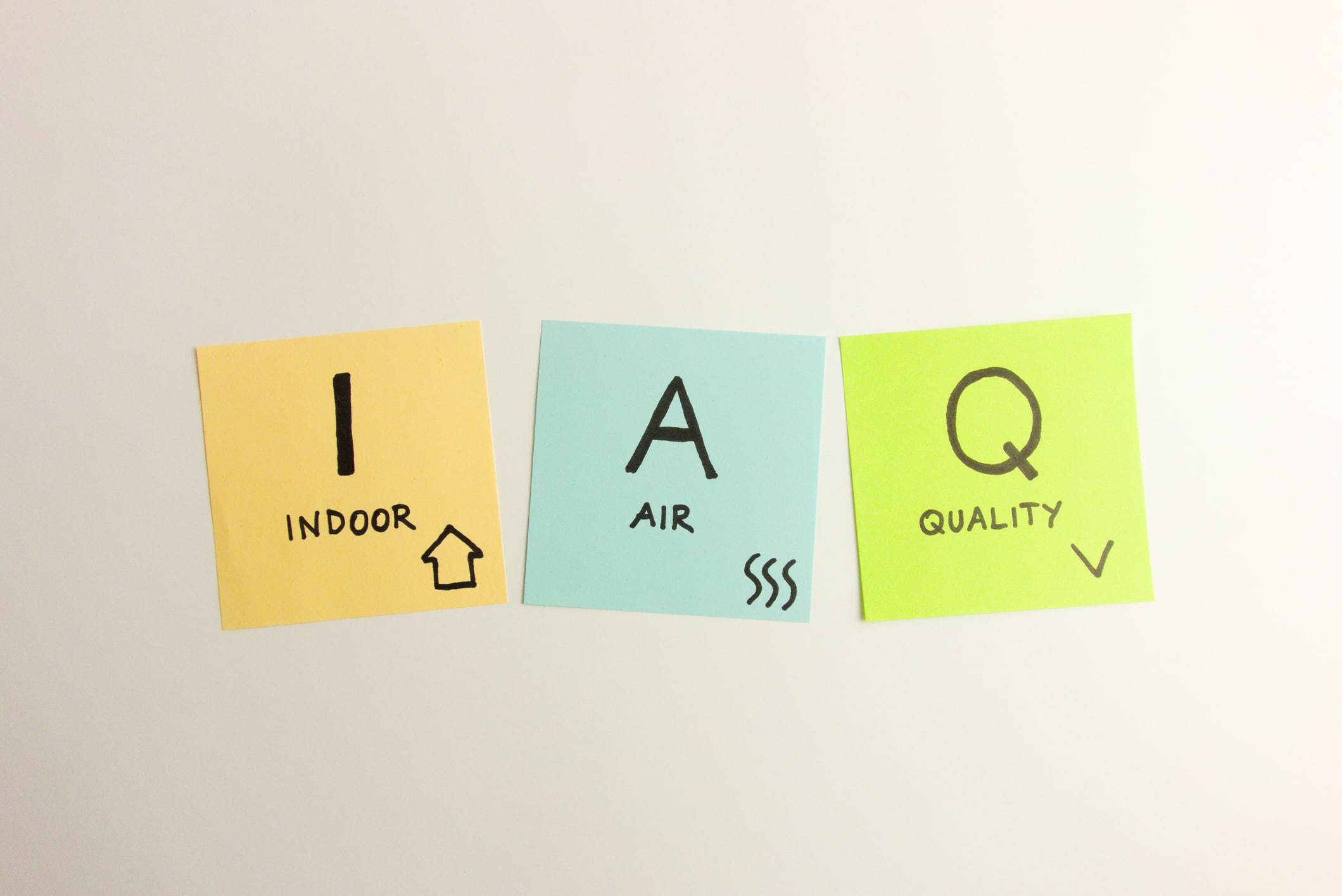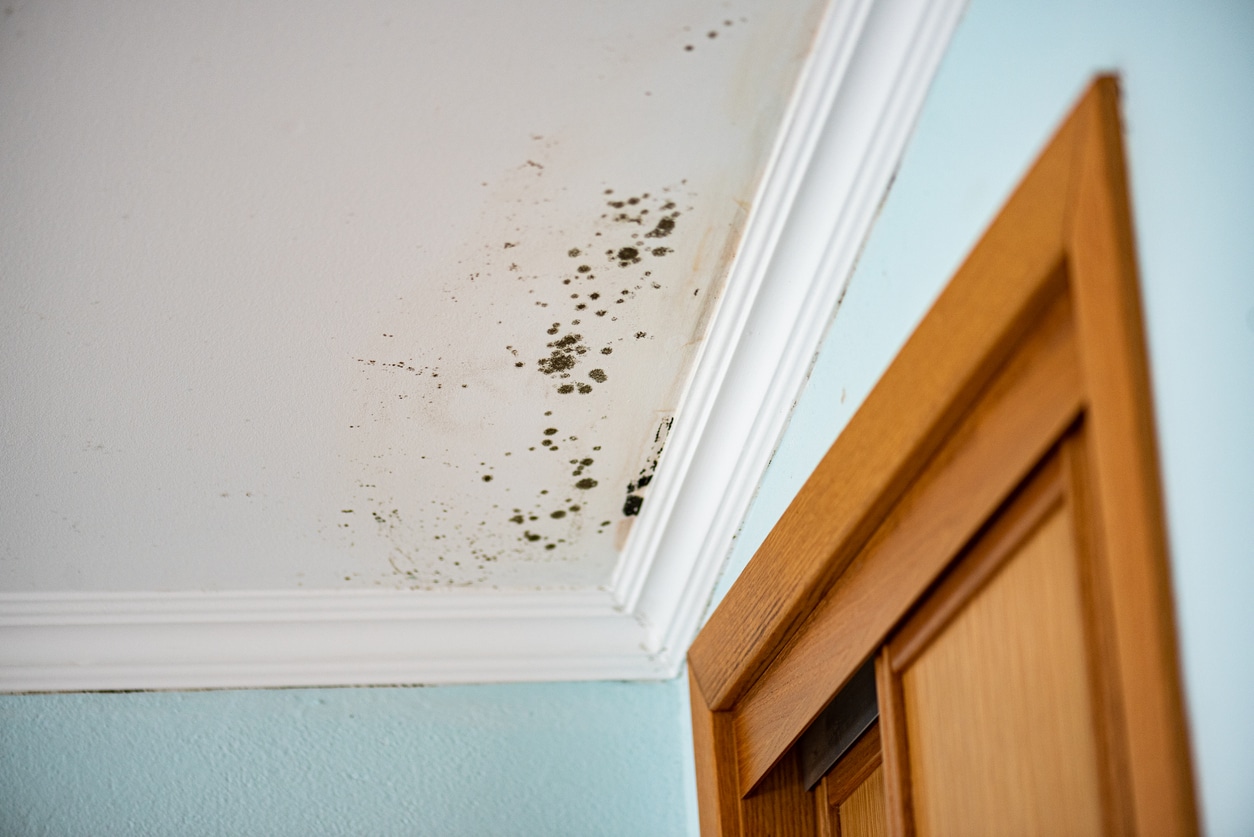Why Is Mold Remediation Important in Greeley Homes and Offices? Mold can cause significant health…

The Hidden Threat: Mold and Your Indoor Air Quality
Mold. The word itself conjures images of dark, damp basements and the musty smell of neglected buildings. While these stereotypes hold some truth, the reality of mold and its impact on our health is far more nuanced, and often, hidden. Today, we’ll delve into a lesser-known aspect of the mold problem: its connection to indoor air quality (IAQ).
Beyond the Surface: Mold Spores and Hidden Growth
Most people associate mold with visible signs – black patches on walls, fuzzy growth on ceilings. However, the real danger often lies beneath the surface. Mold spores, microscopic airborne particles, can lurk within walls, crawlspaces, surfaces and ventilation systems, undetected by the naked eye. These spores, when disturbed by activity or air currents, can readily become airborne, posing a potential health risk.
The IAQ Culprit: Spores and Respiratory Issues
Mold spores, when inhaled, can irritate the respiratory tract, causing symptoms like coughing, sneezing, and congestion. For individuals with asthma or allergies, mold exposure can trigger more severe reactions, including wheezing, shortness of breath, and even asthma attacks.
The severity of the reaction typically depends on the type of mold present, the individual’s sensitivity, and the concentration of spores in the air.
The Silent Threat: Mycotoxins
Beyond the immediate respiratory effects, some mold species produce mycotoxins – potent toxins that can have long-term health consequences. These mycotoxins can remain airborne or become attached to dust particles, further increasing the risk of inhalation.
The health effects of mycotoxin exposure are diverse and can include neurological problems like headaches and dizziness, fatigue, and immune system suppression. Research is ongoing, but potential links have also been suggested between mycotoxin exposure and certain chronic illnesses.
The IAQ Detective: Identifying Hidden Mold Growth
Since visible signs may not be present, how do we identify potential mold problems lurking in our homes and workplaces? Here are some red flags that might indicate hidden mold growth and warrant further investigation:
- Musty Odors: A persistent, earthy smell can be a telltale sign of mold growth, even if the source isn’t readily apparent.
- Water Damage History: Past leaks, floods, or unresolved moisture issues provide the perfect environment for mold to thrive.
- Visible Moisture Issues: Condensation build-up on windows, dampness in basements or crawlspaces, and water stains on walls or ceilings all suggest excess moisture that could potentially lead to mold growth.
- Health Concerns: If you or your family are experiencing unexplained respiratory issues, particularly when spending time indoors, it’s worth considering mold exposure as a potential culprit.
Addressing the IAQ Threat: When to Call an Inspector to Conduct Mold Testing
If you suspect hidden mold growth, it’s crucial to seek professional help. A qualified mold inspector can utilize specialized tools and test techniques to detect mold presence, identify the specific type, and determine the extent of the growth.
They will conduct a thorough visual inspection along with taking air samples or swab samples of suspected areas of mold contamination. The samples will be analyzed in a laboratory to identify the specific mold species present and their spore concentration levels.
Beyond Detection: Creating a Healthy Indoor Environment
Once mold growth is confirmed, the next step is the remediation process. This involves removing the mold and addressing the underlying moisture issues that allowed it to flourish. Remediation should only be conducted by trained professionals who can ensure thorough removal and prevent further growth.
By understanding the hidden threat of mold and its impact on indoor air quality, we can take proactive steps to protect ourselves and our families. Remember, preventing mold growth is far easier and more cost-effective than dealing with mold remediation much later. Invest in regular inspections, maintain a healthy IAQ, and breathe easy knowing you’ve taken control of your indoor environment.

